How to take aesthetic pictures?
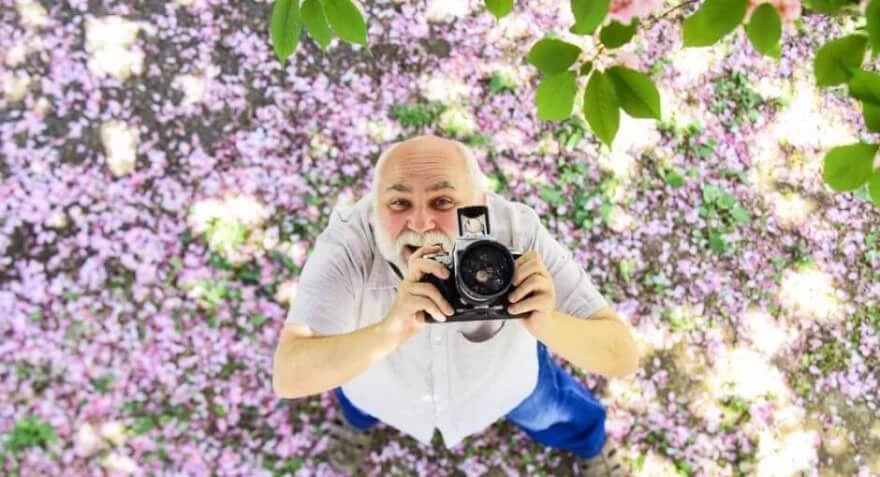
- 1. Correct the background
- 2. Master the manual camera settings
- 3. Find a suitable distance from subject
- 4. Blur and explore
- 5. Make the most of your phone or camera
- 6. Use the camera grid
- 7. Talk with the crowd
- 8. Shoot aesthetic portraits
- 9. Keep in mind aesthetic photographing tips
- 10. What are aesthetic pictures of objects?
- 11. Learn the basics
- 12. Explore the content and a shot composition
- 13. Look for the most suitable light
- 14. Don't forget processing apps
- 15. Shape your style
- 16. Be brave and let your imagination do the work
- 17. Make a various shots
- 18. How to take aesthetic photos for Instagram?
- 19. Hold your camera and take your time
- 20. Take several photos of the same scene and check the result
- 21. Line up each frame carefully
- 22. Take pictures from non-standard angles
- 23. Turn on the flash only when it is absolutely necessary
- 24. Forget about digital zoom and pay attention to dual-camera smartphones
- 25. Don't neglect portrait modes
- 26. Learn to improve finished photos
- 27. Shoot as often as possible and look for inspiration
- 28. Take everything from autumn
- 29. Try a good a 50mm lens
- 30. Challenge yourself to photograph people
- 31. Avoid clichés
- 32. Establish a connection
One of the main rules for a photographer is choosing suitable conditions, first of all, lighting. Even a phone with a good camera and powerful flash will not allow you to get a high-quality picture in the evening or at night at dusk or in bad weather.
Remember! When shooting in good lighting conditions, good smartphones can compete with professional cameras.
The ideal time for shooting is considered to be morning and the first half of the day, the best place is outside. If you have to shoot indoors, it is advisable to use light from a window. In the dark, it is worth choosing subjects located in the immediate vicinity of light sources, although it is better not to shoot at all with a smartphone camera at night.
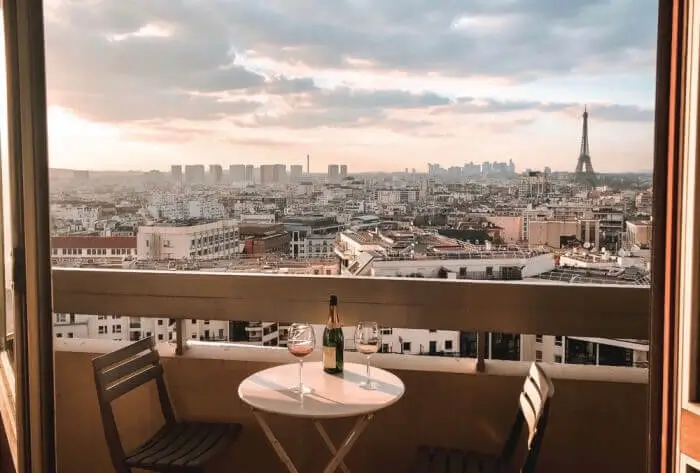
1. Correct the background
Before taking beautiful pictures with your phone, you should take care of the background. It should be clean enough to attract no more attention than the subject. It is advisable to choose backgrounds without pronounced patterns. And for a good shot, pay attention to negative space, the part of the picture that separates the subject from the rest of the composition.
In some shots, a background that is too empty may seem artificial and alien, and it is worth trying to choose the option with a texture to add volume and character to the image. For these purposes, a wooden fence, a brick wall and a wall entwined with grapes are suitable. The sky can be called a universal background, not too prominent, but also not "empty".

2. Master the manual camera settings
Adjust exposure, set shutter speed, ISO and white balance. The first time such words sound scary, but in fact there is nothing complicated here. Once you figure it all out, you can squeeze fantastic results when shooting in dark or difficult lighting conditions. Where automation fails, you will do everything by yourself.
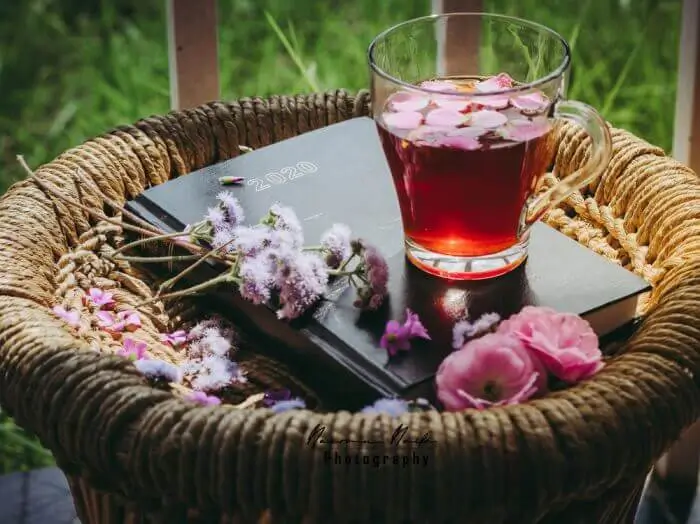
3. Find a suitable distance from subject
Another important point is the distance from the subject. It is desirable to keep it small. So, if you need to take a picture of a person against the background of a forest, you should not move more than 5 meters away. Because the picture will not turn out very attractive. Do not get too close, the best photos are obtained at a distance of about 1.5-2 meters, which allows you to capture both people being photographed and the environment.

4. Blur and explore
Another way of taking great photos is to make a blurred background, to create the effect of depth and three-dimensional space. You can get it by getting even closer than with normal shooting and focusing precisely on the subject. For photographs of people, this option is not always suitable, but in other cases, the result is quite effective.
Shooting at long distances, some photographers use the digital zoom of their smartphones to get closer. But this technique will not help in obtaining quality results. It is best to get closer, but if this does not work out (shooting from the other angle), use the optical zoom.
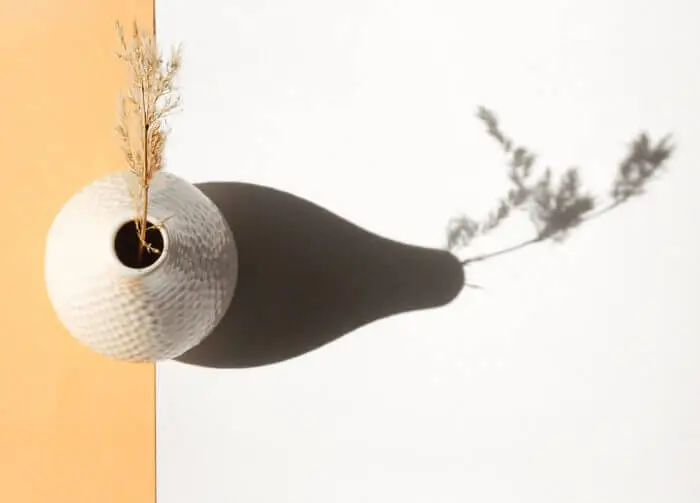
5. Make the most of your phone or camera
A smartphone can do more than you think. Be sure to check out the camera's settings and features and see what it has to offer. Portrait mode, stabilization, optical zoom, grid or HDR can all help you when shooting. For example, HDR is found on almost all smartphones. It creates several frames with different exposures and combines them into one picture, so the photo is clearer and more contrasting. Be sure to wipe the camera before shooting.

6. Use the camera grid
One way to improve photo quality is to enable and use a special camera line. The method is suitable for horizontal and vertical photos, but not for square images for Instagram. The grid is enabled in the Camera settings, dividing the screen into 9 squares.
The division principle is based on the "rule of thirds", according to which the composition should be divided into 3 parts vertically and horizontally. Subjects are best placed at or along line intersections. The grid can also be used to level the horizon.
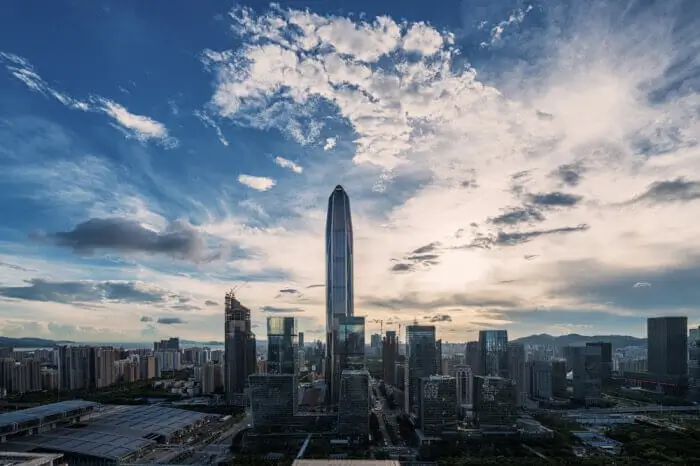
7. Talk with the crowd
When you find yourself in a new place, you are naturally more attentive and observant. This helps you find interesting species for your photos. In an unfamiliar city, find a comfortable spot on a narrow busy street and just stand there. Pick a scene, set up your camera, let people step in and wait for the right moment for a cool natural shot.

8. Shoot aesthetic portraits
When deciding how to make aesthetic pictures, you should know that the picture should not only have a face or head. It doesn't look very attractive, even if many people are photographed this way. Due to the fact that wide-angle lenses are installed on the cameras of smartphones, the face is distorted. At a greater distance from the subject, when not only the head is visible, but also the shoulders and upper body, the distortion will not be so noticeable and will not spoil the frame. You should not try to take classic portrait style when the lens is at a short distance and the face is zoomed in. Even in expensive digital devices, the quality of such portrait shooting will be lower than that of a budget DSLR. The problem can be partially solved by using special external lenses and lenses for smartphones, inexpensive models of such optics can be purchased without great expenses.

9. Keep in mind aesthetic photographing tips
When taking pictures, there are a few guidelines to consider to get good shots:
- The theme will be more interesting if you take several shots from different angles, changing the angles and shooting points, coming a little closer or further, tilting the phone, crouching and standing up.
- When photographing moving objects, it is worth taking several shots, even from one angle, so that a good shot is not spoiled by movement. When analyzing and editing photos, the same and unsuccessful options can be deleted. To store such a large number of photos, free up more space or use a memory card.

10. What are aesthetic pictures of objects?
For still objects, try looking for symmetry. Symmetrically placed details can make a shot look harmonious and proportional. You can use this method when shooting still life, architectural structures, portraits, but not nature.
If there are lines in the frame that can attract the viewer's attention (railway, road, stairs), it can be placed in the central part of the composition. The same should be done with not quite straight, but long details as a river or a path in a park.
Before shooting, you should wipe the phone camera lens, because usually fingerprints remain there. Solve the problem with a soft cloth or microfiber cloth specially designed for cleaning the optics.
When photographing with a smartphone, you should not rush even with stabilization, its effectiveness is lower than the camera. It is desirable to hold the phone firmly and confidently, using both hands. The fewer movements the photographer makes when shooting, the better the picture will be. Immobility is ensured by resting on walls, tables and supports.
Do not make the mistake of filling up the horizon. It will not look original and dynamic, as it seems to beginners, but unprofessional.

11. Learn the basics
How to be aesthetic on Instagram? You do not need to use a professional camera, because a phone camera is enough. But getting a basic knowledge of photography is still worth it.
To get started, learn the basic concepts:
- Exposure is the amount of light that hits the camera's sensor. The exposure affects the brightness of objects in the frame.
- Composition is the arrangement of objects in a picture.
- White balance is a colour tone that reflects the lighting and temperature of an image.
- Contrast is defined as the ratio of the brightness of the lightest area of the image to the darkest one.
- Saturation is the intensity of the colour in a photo and how rich and vibrant the photo looks.
This knowledge will help you avoid mistakes at the very beginning.

12. Explore the content and a shot composition
Composition is responsible for how the objects are positioned in the photo. This helps to make the frame harmonious and interesting. If you are not going to photograph professionally, then basic knowledge is enough for you.
- Rule of thirds. Divide the frame into 3 equal parts horizontally and vertically so that the main objects are located at the intersection of the lines or along them.
- Diagonal rule. Draw a diagonal from one corner of the photo to another. The diagonal from the lower left corner to the upper right is more “calm” and is called descending, and the opposite, from the lower right corner to the upper left, is ascending, it is more “active”. This means that if you arrange objects on an upward diagonal, the frame will be more dynamic, and if downward, it will be harmonious and peaceful.
In the camera settings on your smartphone, you can turn on the grid - turn it on, and it will be easier to deal with the composition.

13. Look for the most suitable light
A photo in good light works well for every purpose. Light is the basis of everything. When it's good, the photo doesn't need any additional processing.
For aspiring photographers, daylight will be a real helper and will do most of the work. The frame will be saturated with natural light and shadows.
In winter it is better to take pictures from 10 am to 3 pm in clear weather, and in summer there are much more possibilities from 7 am to 9 pm. Photographers have their own concept of "Golden Hour" (it is an hour after sunrise and an hour before sunset). During this time, the light is soft and especially suitable for shooting.
You can shoot in the daytime without the sun. Moreover, in bright sunny weather it is much harder to make shots than in cloudy due to extra shadows and sharpness.

14. Don't forget processing apps
Natural shots are always trendy, but with the right processing applications will help make the shot better. The main thing here is not to overdo it with filters. Do not use filters to the maximum and do not go away from natural colors. Apps help to fix the light, remove unnecessary things, make the photo brighter, emphasize the details and bring the frames to a uniform style.

15. Shape your style
It is very important to find your own style, then your photos will become catchy. Think about which profiles you enjoy watching? Which photos would represent you as an artist? What do you like to capture and how to take aesthetic pictures?
Go in search of inspiration on Instagram and Pinterest. Find some blogs with a style, which is close to you, save photos and take note of interesting ideas. Then try to repeat and turn on your imagination.
Another way to shape your style is to shoot whatever looks beautiful to you. Take 10-15 frames, process them and evaluate the result. What pictures came out? What color is predominant? Can you group them and get a nice picture?

16. Be brave and let your imagination do the work
There is nothing like stopping, taking a picture, turning on the timer on your phone, or asking passers-by to take a photo of you. Get ready to experiment and search for an unusual angle in pursuit of beautiful photography. Feel free to ask friends or bystanders to take a photo. The main thing is to explain what you want to see in the frame, then everyone will be satisfied.

17. Make a various shots
Try yourself in different styles and don't get hung up on one thing like shoot portraits, food layouts, selfies, architecture, landscapes. Don't be afraid to shoot close-ups. This way you can get more interesting angles.
The more diverse your content, the more interesting the feed looks, and the higher the engagement of readers will be. Everyone will want to go to your feed, view an interesting frame and leave a comment. Create posts for all platforms in a convenient editor and schedule posts directly from your computer.

18. How to take aesthetic photos for Instagram?
- Learn the basic concepts of photography. Read about exposure, composition, color balance, contrast, saturation of photography.
- Check out all the features of your smartphone's camera: it can do more.
- Learn how to place objects in the frame - the rules of composition will help you with this.
- Shoot in good lighting so you don't bother with processing.
- Find your style. Go looking for inspiration first, then practice.
- Forget about embarrassment and take photos for fun. Shoot what you like and ask other people to capture.
- Use post-processing apps to try basic settings, remove clutter and bring your photos to the same style.

19. Hold your camera and take your time
When photographing with your smartphone or DSLR, try to take your time. The calmer and more thoughtful you do everything, the better comes the result. A reportage SLR camera with full stabilization will be able to smooth out the effects of sudden hand movements, a smartphone - most likely not.
That is why it is very important to first understand what, in fact, you want to photograph. Then stand evenly and firmly at the selected point of the survey. After that, hold your smartphone firmly and confidently. Be sure to do this with both hands. The fewer unnecessary movements, the sharper and better the finished photo will be.
Remember that when shooting, you can lean on something or even press your smartphone against any solid objects like tables, walls, railings. This will help compensate for hand shake.

20. Take several photos of the same scene and check the result
Feel free to take multiple shots of the same frame. If the horizon is overwhelmed on the first, and the second is accidentally overexposed, then with the third, everything will almost certainly be more or less normal.
And do not forget to look at finished photos at maximum magnification immediately after shooting. So you can see the errors of the autofocus system and immediately reshoot everything, getting an acceptable result.
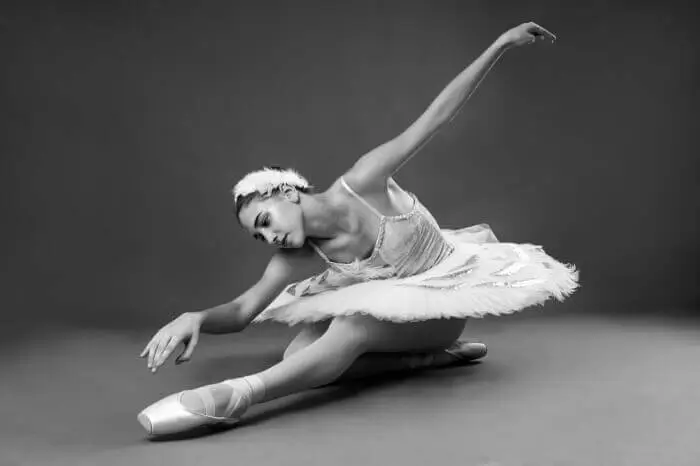
21. Line up each frame carefully
The less excess gets into the camera lens, the less you crop later. This operation inevitably reduces the resolution of the finished photo, low details and noise become even more noticeable. So it's better to build the composition that you want to see at the end of the day.
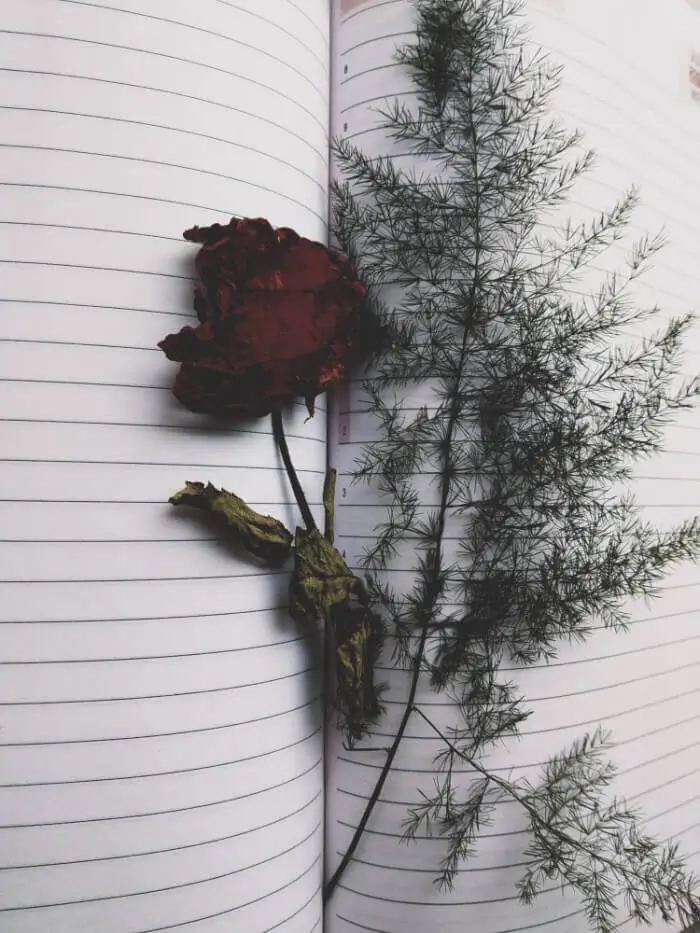
22. Take pictures from non-standard angles
It happened that everyone basically sees the world from the height of human growth, and that is why shots from non-standard angles look so impressive. Shoot a landscape through a slit in a pretty fence, raise your camera high above your head, or lower your lens to a floor level. These simple steps will help you show seemingly common plots from a completely new perspective.
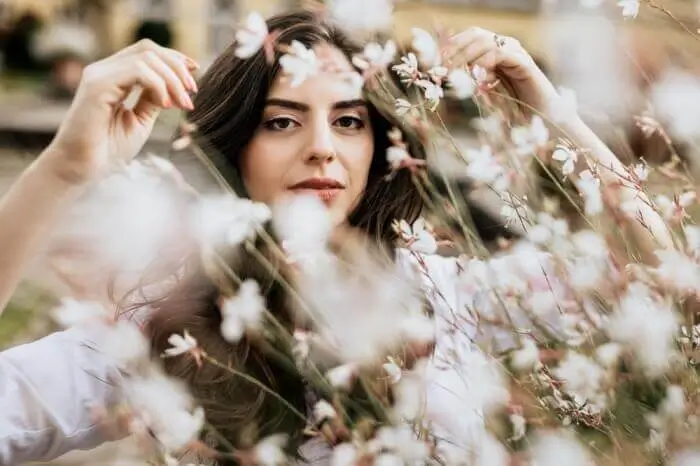
23. Turn on the flash only when it is absolutely necessary
It is worth activating the flash only when you can't make a decent shot in another wayl. Hard light "head-on" makes photos flat, adds ugly highlights to the face, and the background turns out to be black.
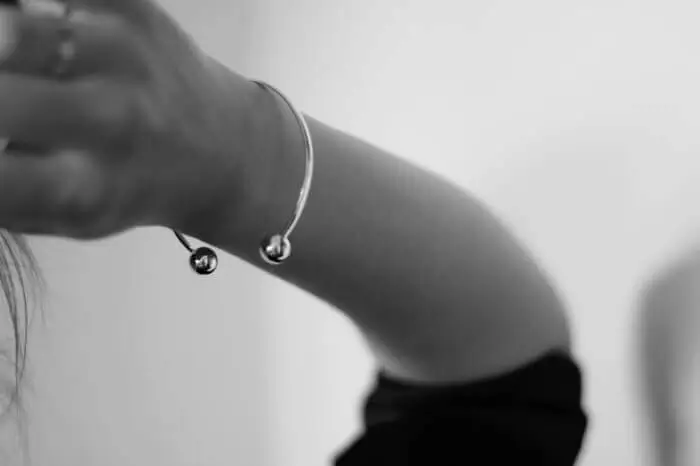
24. Forget about digital zoom and pay attention to dual-camera smartphones
If your smartphone camera has one lens, then you should forget about digital zoom. Such zooming is absolutely artificial, since it is achieved by programmatically enlarging a fragment of the photograph. You can do exactly the same thing with less loss in quality during editing, both on a computer and in mobile applications.

25. Don't neglect portrait modes
Many smartphone makers have been emphasizing portraits lately. Do not forget about the function of software blurring of the background, which is already available not only in iPhones, but also in smartphones on Android with dual cameras. If you don't look into the details, then the finished photos with this effect will look like they were taken on a DSLR with a portrait lens. This can be applied not only when photographing people, but also, for example, in macro photography.
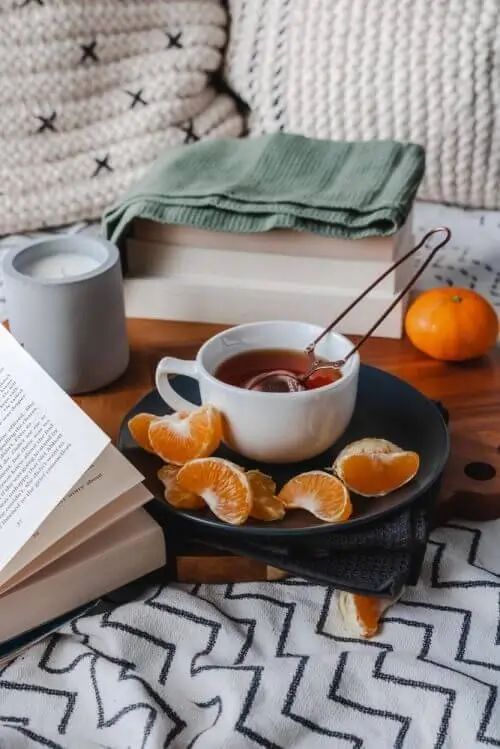
26. Learn to improve finished photos
Choose an application for editing pictures. Download it, try it and leave the one you like and mercilessly delete those that did not fit. Some of the best mobile photo editors are available free of charge. And if you are too lazy to bother with programs, then the built-in tools will be enough.

27. Shoot as often as possible and look for inspiration
Photography is a combination of art and craft. If you want to achieve good results, then you need to develop in two directions. First, look at photographs of recognized artists for inspiration. Secondly, shoot yourself as often as possible, because the more practice, the better the final result.

28. Take everything from autumn
Autumn is great for photography, especially if you like bright colors. Lack of light at this time of year shouldn't bother you, just try different tricks. For example, shoot bare trees against a gray or blue sky for a contrasting silhouette. Use yellow leaves as the only bright spot in a gray or near-monochrome image for a pretty effect.

29. Try a good a 50mm lens
If you are capturing people with a 50mm lens, you are bound to succeed. It's cheap and quite versatile. If you prefer landscape shots, a tripod comes in handy, as well as a remote shutter release. The latter helps you get into the photo yourself or just avoid camera shake. You will also need a wide-angle lens for landscape photography.
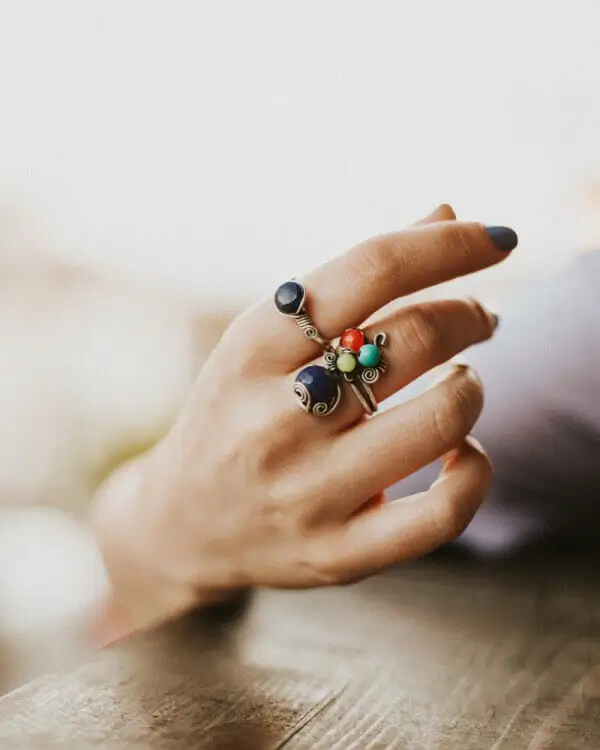
30. Challenge yourself to photograph people
Most of us can catch a good shot of a beautiful sunset and not even ruin the horizon! Taking pictures of people is more difficult: you have less control over the situation, and also deal with your own prohibitions and restrictions.

31. Avoid clichés
Instagram is to blame for the fact that photo clichés have become even more unbearable. If you are traveling to Barcelona, it is not necessary to take a selfie in front of the Sagrada Familia. And in New York, no one forces you to shoot a sunset in Williamsburg or a view from Rockefeller Center. Walk interesting streets and mix with the locals. They will most likely suggest the best places in the area for vacation photos.

32. Establish a connection
Nothing connects with photos more than five hours in the developing room and just two finished photos coming out! Not everyone gets the chance to use an analog camera and then personally develop the pictures. But if there is such an opportunity, be sure to use it! You will learn a lot about composition, exposure and focus. The more you play with settings, the more comfortable you feel as a photographer.
He started his career as a professional photo designer and retoucher. Professional commercial photographer with 20 years of experience. He is a leading advertising photographer and has worked as a food photographer with Michelin-starred chefs. His work with models can be seen on the calendars of many leading companies in Ukraine. He was the owner of the photo studio and photo school "Happy Duck".

with RetouchMe














